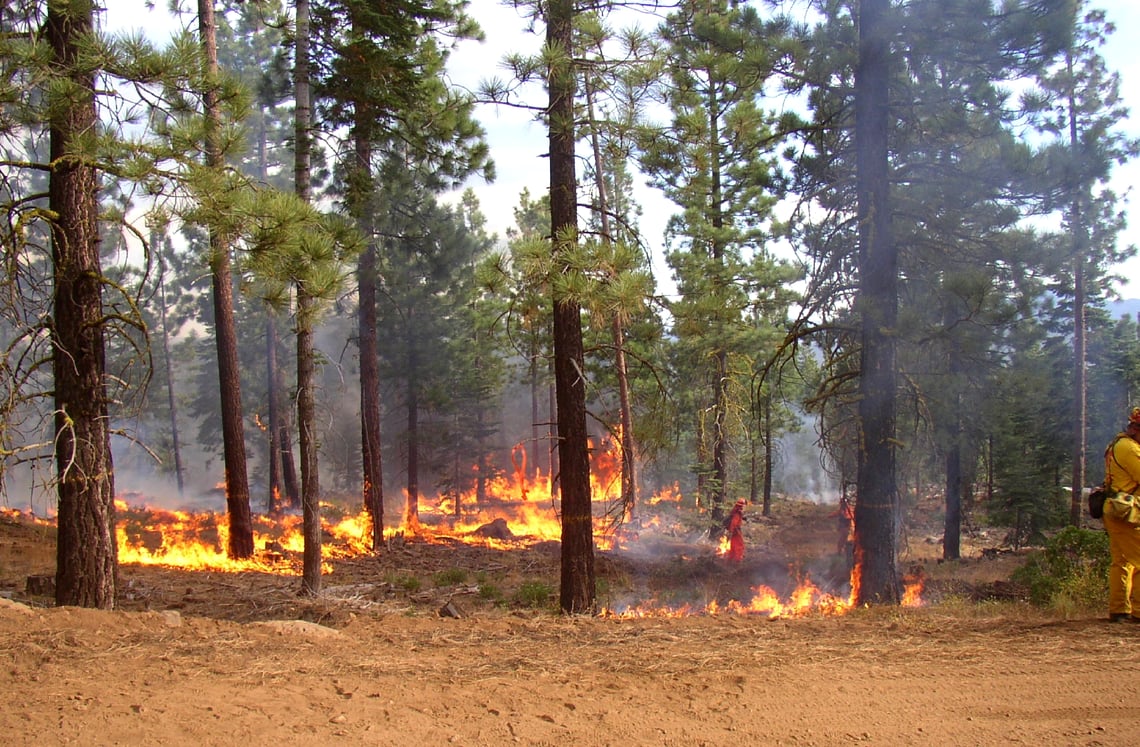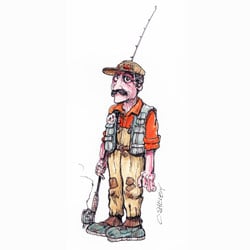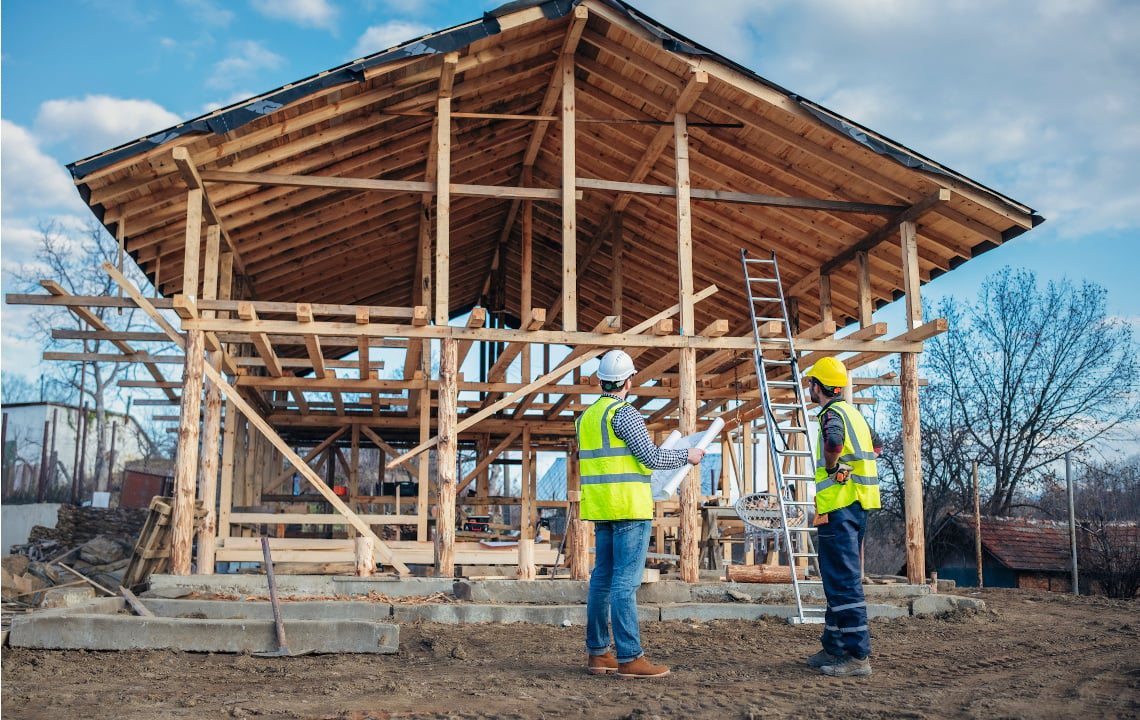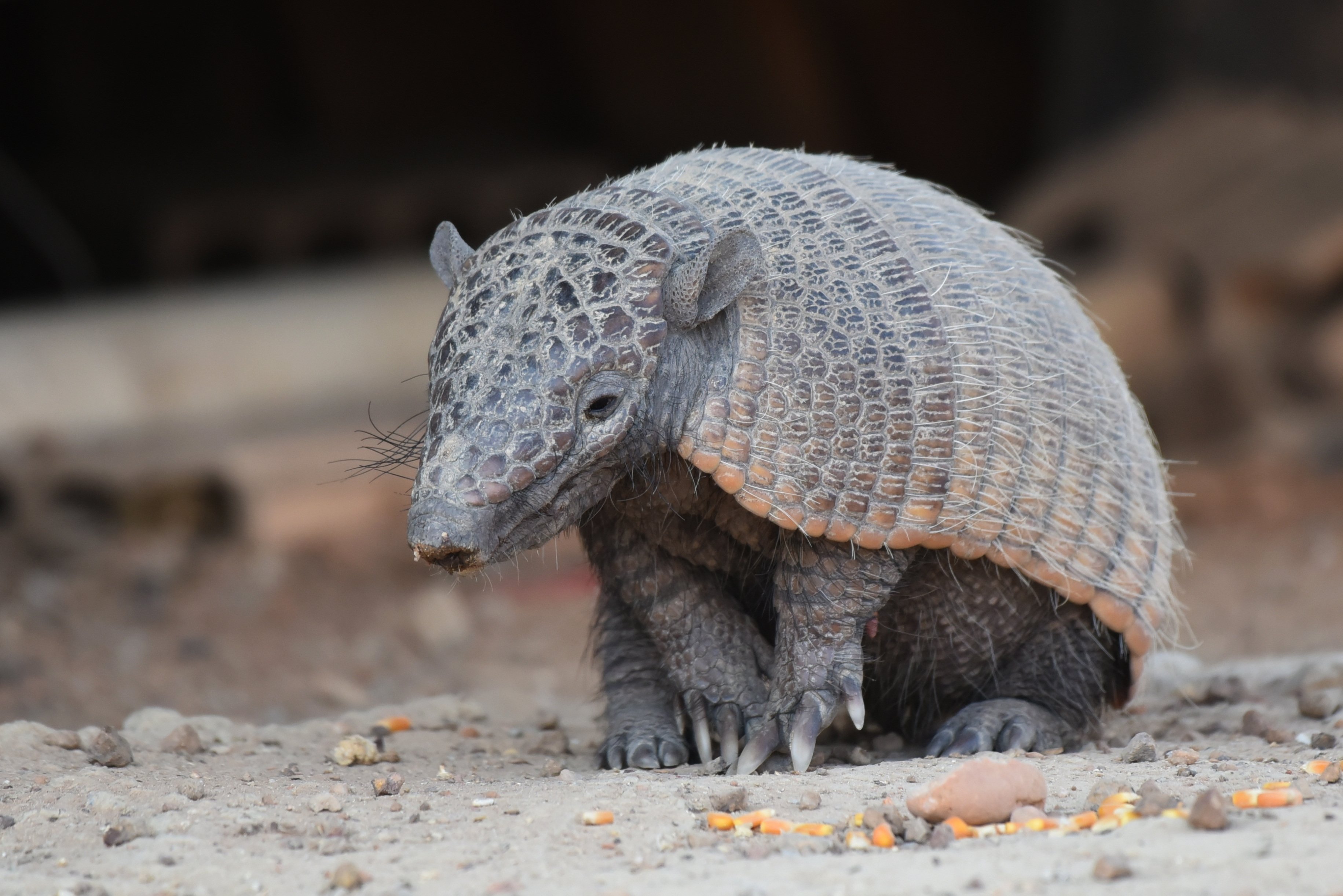Could prescribed burning benefit your rural forested property? It depends on several factors, but it can be accomplished on as little as one acre. A fire ecology professor shares his advice on if and how to conduct a successful controlled burn.
Fire and forests have been positioned for years as two components to be kept separate.
The images in the news of wildfire running through western forests unchecked reinforce these beliefs for many. But for hundreds of years, fire has shaped our forests and wildlife habitat and can still be a useful tool in management when used correctly.
Dr. Adam Coates teaches fire ecology at Virginia Tech and recently conducted a webinar on prescribed burns. In this webinar, titled “Burning Ring of Fire,” Dr. Coates described the history of fire in the Southeast, the role of fire in a forest and some reasons you might consider it for your rural property.
Fire in the Southeast historically has occurred with consistent frequency.
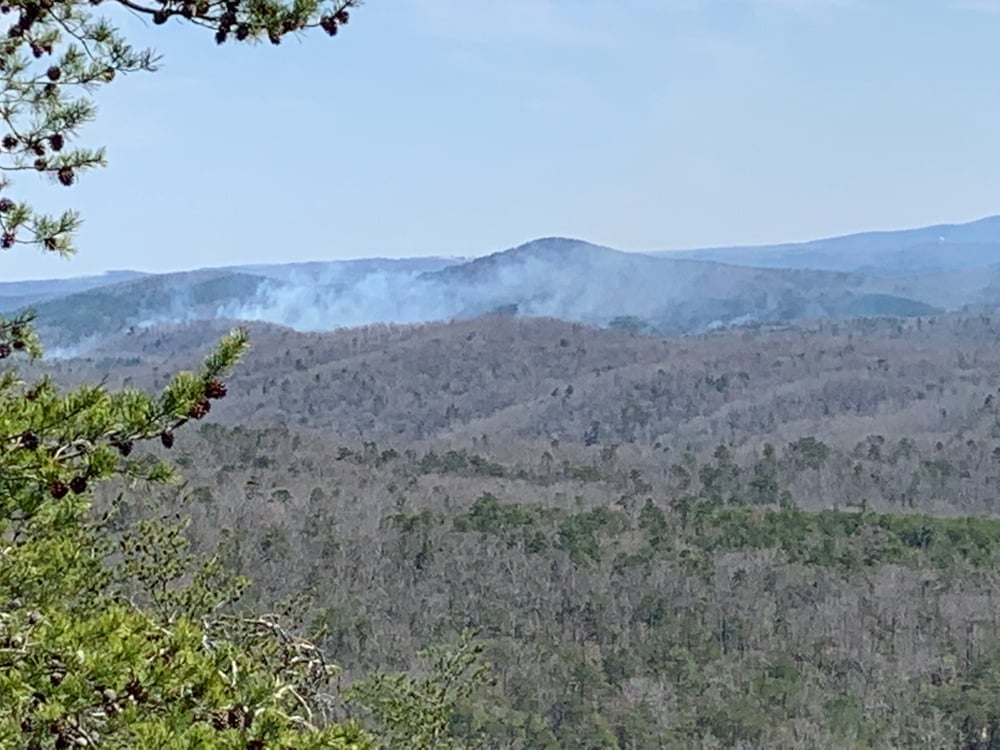
Using data from the period prior to 1850, Coates showed that fires in this region occurred routinely anywhere from every two to six years. Some of these were ignited by lightning while others were set by humans. These human-ignited fires may have been started to clear fields for agriculture or to open the understory within a forest.
As populations grew and areas developed, the downside of fires changed our perception of them.
Large wildfires began doing more damage and the Smokey Bear campaign that “Only You Can Prevent Forest Fires” developed a mindset that all fires were bad.
Without fire, our forests changed.
Dr. Coates presented data showing that after 1995, the frequency of fires over 100,000 acres went from rare to as high as forty per year.
What had changed is that without fire and active forest management in many areas, the amount of fuel in a forest increased with the accumulation of forest leaf litter, shrub growth and tree density. Also, the vegetation density provided easy paths for the fire to move from one fuel source to another, contributing to larger hard-to-control fires.
Besides the role of fire in reducing fuel within a forest, burning helps in other ways.
- First, it can help regenerate preferred species of trees and shrubs by using fire to remove tree cover and unwanted species.
- Second, fire can help recycle nutrients by turning forest litter into ash.
- Third, fire can improve wildlife habitat and remove some pests and diseases from forests, as well as improve water quality.
Still, Dr. Coates emphasizes that “fire is a blunt tool.” By this, he means that it can be hard to manipulate in an exact way for a precise outcome. Planning for a prescribed burn requires consideration of timing since the season chosen can negatively impact desired species.
Also, the plan should consider the frequency of prescribed burns and how much fuel and growth should accumulate between burns. Every fire is different due to moisture levels, wind and available fuel.
“A lot of planning goes into prescribed burns to insure that ‘bad burns’ don’t occur,” says Dr. Coates.
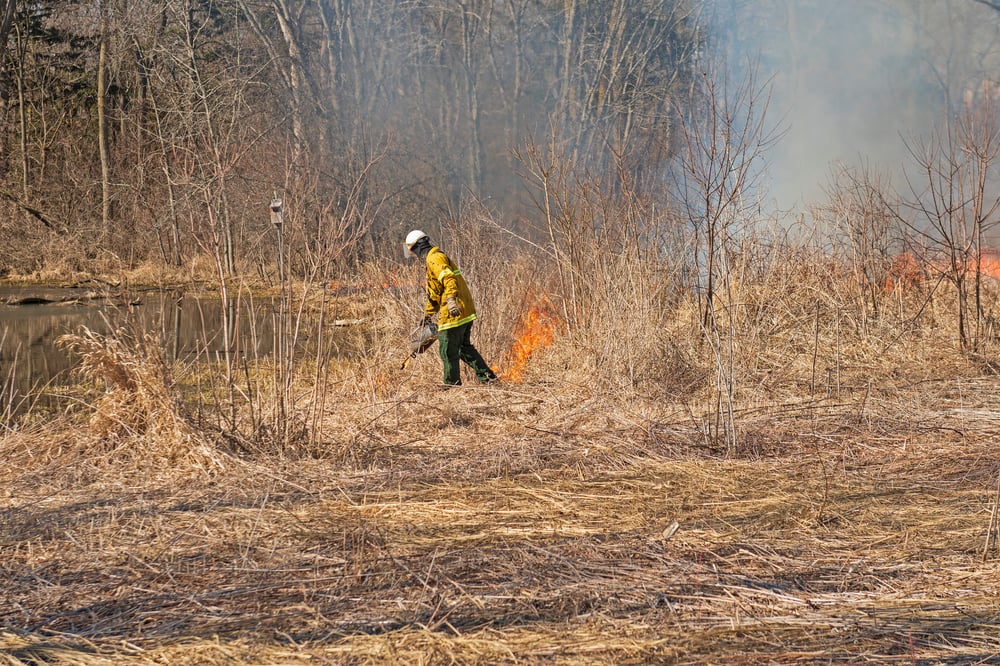
Burn managers have to assess the property to assure that a safe burn can be conducted. Also, conditions have to be factored in including wind speed and direction, relative humidity, firing techniques, fire conditions (moisture content and arrangement of fuel), fire control lines and personnel.
Smoke is also an important consideration both in how much smoke is going to be created and where the smoke goes. You don’t want to smoke out highways or residential areas.
Wildlife concerns are often raised, particularly toward ground-nesting birds such as wild turkey or quail.
But university research points to the benefits of habitat diversity exceeding the downsides of prescribed burns to local birds. For instance, one publication from the University of Florida Institute of Food and Agricultural Systems Extension refers to bobwhite quail as the “fire bird” due to the positive response in the species to routine prescribed burns.
Perhaps part of the capability of wildlife to prosper despite local controlled burns is that for these species frequent fires were the norm prior to recent years.
All in all, there are many factors to take into consideration prior to conducting a prescribed burn.
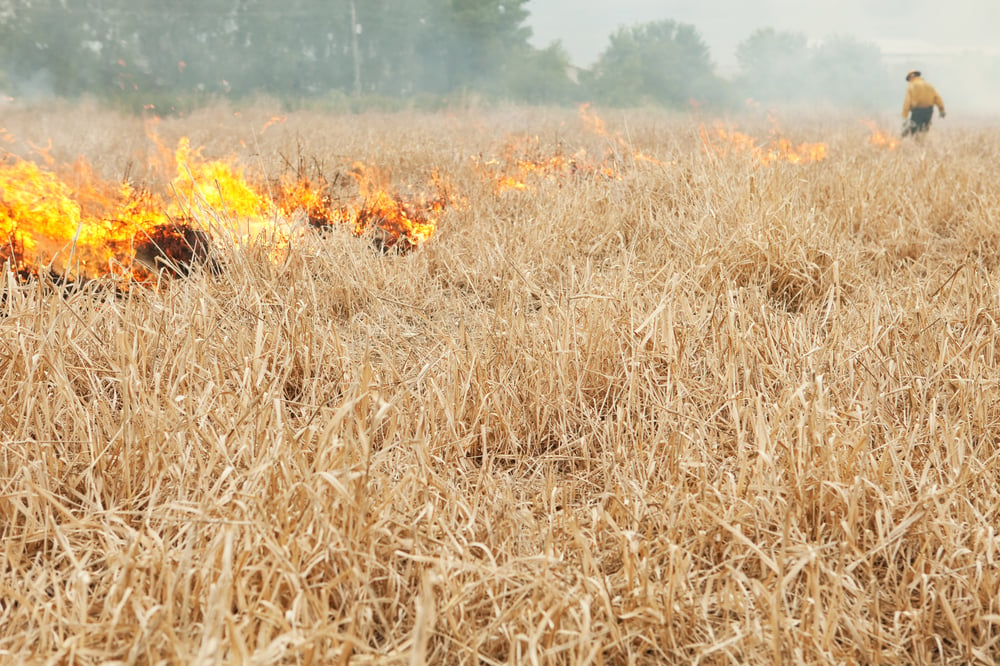
For these reasons, Dr. Coates recommends having a professional help you determine whether prescribed burns fit within your forest management plan. Almost any size tract of land may be considered as he has assisted with as small as one-acre burns up to prescribed burns of a thousand acres.
Even Smokey Bear has changed his tune to recognize the value of controlled burns in some forests. His slogan has been modified from “Only You Can Prevent Forest Fires” to “Only You Can Prevent Wildfires.”
For more information on prescribed burns, you can view Dr. Coates’ webinar on the topic right here.


